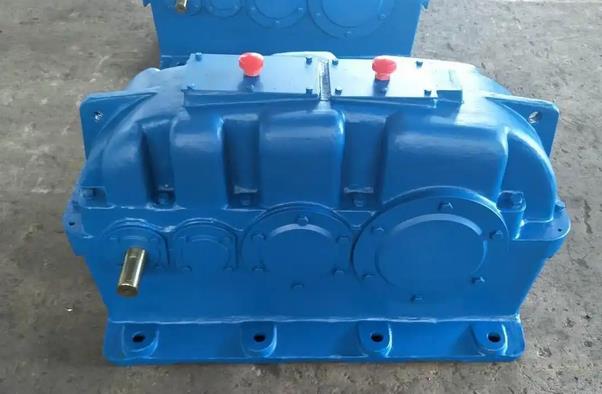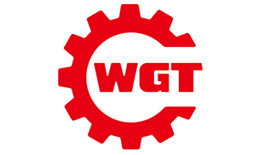What are the effects of the fit tolerance between the key and keyway on the performance of ZSY355-45-VI reducer
The fitting tolerance between the key and keyway has the following effects on the performance of ZSY355 reducer:Torque transmission efficiency:
Loose fit: There is a large gap between the key and the keyway. When transmitting torque, the key will produce small displacement and shaking inside the keyway, resulting in unstable power transmission. Some energy will be lost due to friction and collision between the key and keyway, reducing transmission efficiency. For example, when the fit clearance is too large, the key may collide back and forth in the keyway, generating noise and vibration, while also preventing the transmitted torque from being fully and effectively transmitted to the output shaft, resulting in energy loss.

Tight fit: Although it can ensure the reliability of torque transmission, the difficulty of installation and disassembly increases, which may cause damage to keys or keyways, affecting the maintenance and repair of the gearbox. Moreover, a tight fit may cause significant stress concentration around the keyway, which can easily lead to fatigue cracks in the keyway during long-term operation and reduce the service life of the gearbox.
Appropriate coordination: If H7/k6 coordination level is used, the key and keyway can ensure a tight fit while also having a certain gap to compensate for machining errors and thermal deformation, which can improve transmission efficiency to a higher level and reduce energy loss.
Transmission accuracy:
Loose coordination: It will cause relative displacement between the output shaft of the reducer and the connected components, affecting the transmission accuracy. For example, in some automated production lines that require high transmission accuracy, loose fit between keys and keyways may lead to inaccurate equipment operation and decreased product processing accuracy.
Appropriate fit: Appropriate fit tolerances can ensure the accuracy of the key and keyway fit, keeping the relative position between the output shaft and connecting components stable during the operation of the reducer, thereby improving transmission accuracy and meeting the requirements of high-precision transmission.
Wear of keyways and keys:
Loose fit: The relative movement of the key within the keyway intensifies, leading to accelerated surface wear of the keyway and key. After long-term operation, the size of the keyway and key will change, and the clearance between them will further increase, forming a vicious cycle that may ultimately lead to the key and keyway not working properly and requiring replacement of related components.
Reasonable fit tolerance: The fluctuation range of fit clearance can be controlled within a small range. If JS7 level tolerance is used, the fluctuation range of fit clearance can be controlled within 0.008-0.015mm, effectively avoiding the occurrence of micro motion wear and extending the service life of keyways and keys.
Stability and reliability of equipment:
Loose coordination: can cause vibration and noise in the gearbox during operation. The gap between the key and keyway can cause discontinuous power transmission, resulting in impact and vibration, which not only affects the stability of the equipment, but also generates additional loads on other components of the reducer such as bearings and gears, accelerating the wear of these components and reducing the reliability of the equipment.

